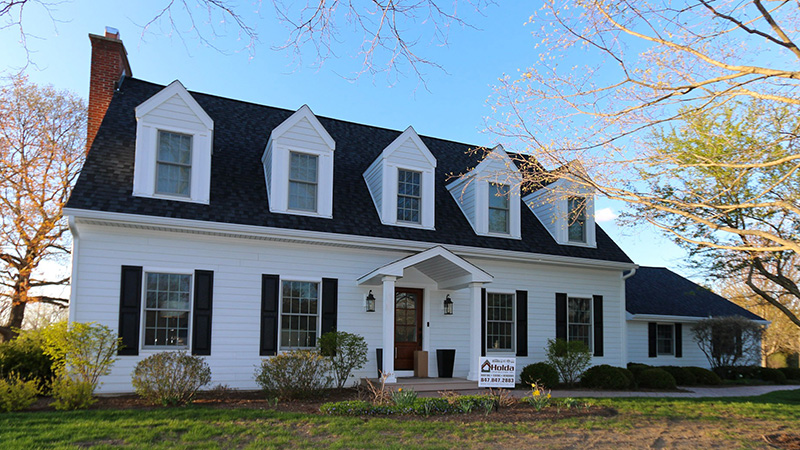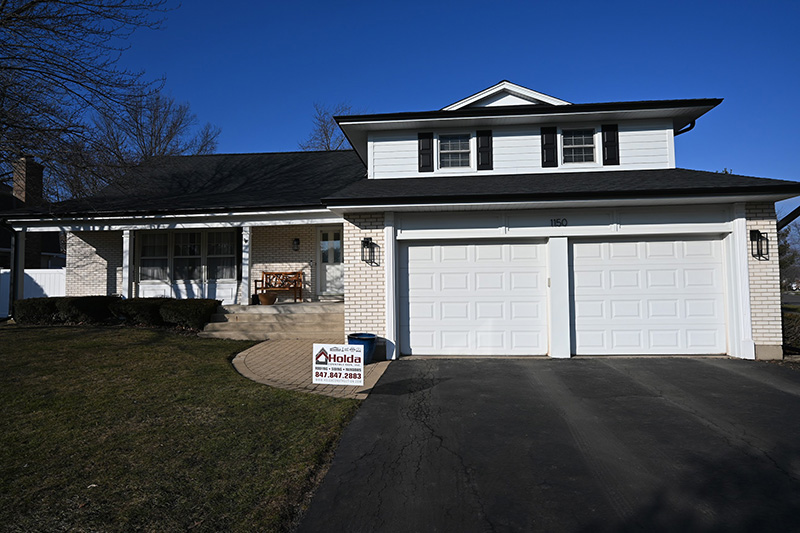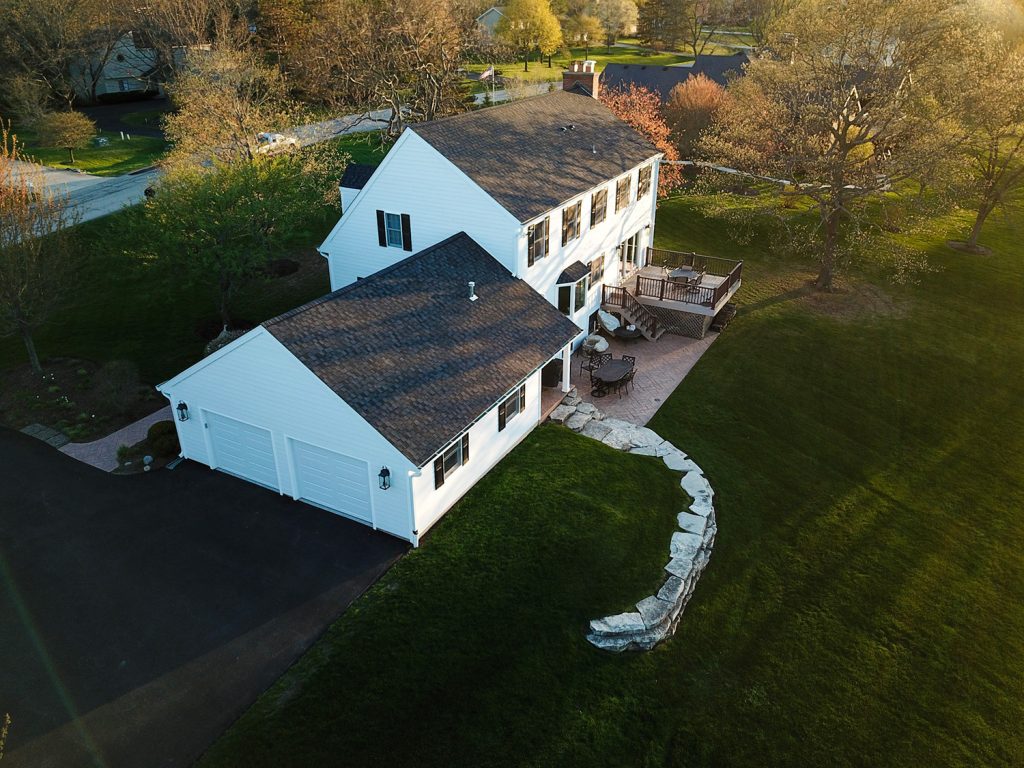IL License Number: 104.017181
IL License Number: 104.017181

James Hardie siding is crafted from a mix of cement, sand, and cellulose fibers. This combination results in a highly durable material that resists fire, rot, and pests. Fiber cement siding is renowned for its ability to withstand harsh weather conditions, including intense heat and freezing temperatures.
LP SmartSide offers a wide range of styles and textures, allowing homeowners to achieve a customized look. Engineered wood siding typically has fewer seams, providing a more seamless appearance. While it offers a pleasing aesthetic, some homeowners find that it lacks the authentic wood-like texture that fiber cement can provide. We think it was the perfect choice for a complete home renovation of this gorgeous home in Palatine, IL.




James Hardie fiber cement siding excels in fire resistance. It will not ignite when exposed to direct flames, nor will it contribute fuel to a fire. This makes fiber cement an excellent choice for homeowners seeking added protection against fire hazards.
Flashing directs water away from the siding. Incorrectly installed flashing can lead to water damage. Properly installed Z, L, and kickout flashings are crucial for preventing leaks. Siding is durable but can be fragile if mishandled. It should be transported and installed carefully to avoid cracks or chips.
At Holda Construction, we understand that every home is unique, and selecting the right siding is crucial. Our team of experts is here to guide you through the process, ensuring you make a decision that enhances both the beauty and durability of your home. Contact us today to learn more about our siding options and how we can help bring your vision to life.
With over twenty years in business and hundreds of satisfied customers, we know what it takes to properly maintain a home. Join the family of satisfied homeowners who trust Holda Construction Roofing and Siding for all their roofing and siding needs.
We look forward to working with you!
Address
317 W Colfax St. Suite 102
Palatine, IL 60067